The 2014 US Department of Transportation’s National Bridge Inventory has revealed that there are more than 61,064 structurally deficient bridges in the country, and 250 of them are on interstate highways with heavy traffic loads.
State and local governments are doing the best they can, but without additional investment from all levels of government, our infrastructure spending will be a zero-sum game– Alison Premo Black, the chief economist of ARTBA
According to analysis by the American Road & Transportation Builders Association (ARTBA), vehicles cross the compromised bridges 215 million times a day. Â
Alison Premo Black, the chief economist of ARTBA, said there was a backlog of more than $115bn in bridge work and $755bn in highway projects.  Â
“Many of the most heavily travelled bridges are nearly 50 years old,” she said. “Elected officials can’t just sprinkle fairy dust on America’s bridge problem and wish it away. It will take committed investment by legislators at all levels of government.”Â
Bridge decks and support structures are inspected regularly by state transportation departments and are rated on a scale of zero to nine, with nine being “excellent” and below five classed as structurally deficient.Â
While these bridges may not be imminently unsafe, ARTBA believes that signs should be posted so the public understands they have structural deficiencies that need repair.  Â
They do fall downÂ
A number of bridges have collapsed in America in recent years. In 2007, a Minneapolis steel truss bridge carrying the Interstate 35W over the Mississippi River failed during rush hour, killing five people and triggering a programme of inspection of bridges with similar designs.
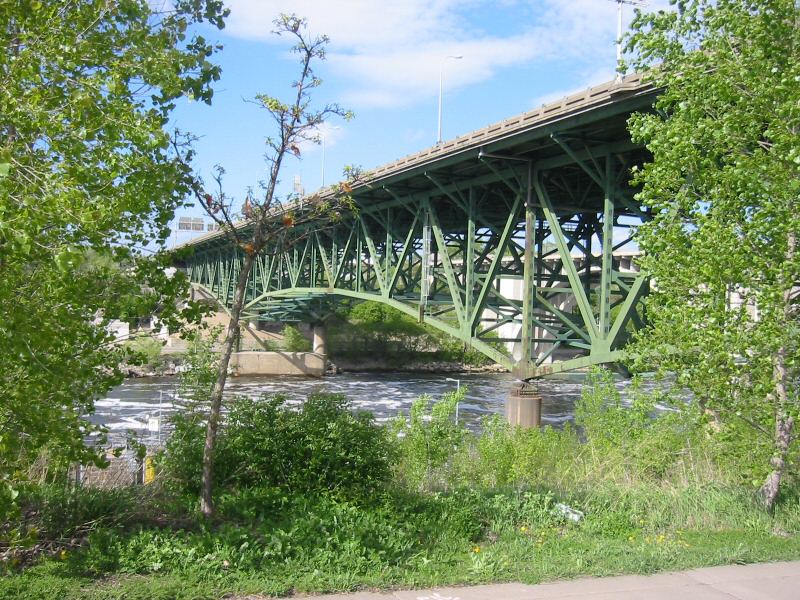
The I35 bridge still standing…
The aim of that investigation was to identify “fracture critical” bridges, which can be brought down by the failure of a single structural member (in the case of Minneapolis, the gusset plate at the intersection of five trusses).Â
That event also caused the transportation department to review the National Bridge Inspection Program, but it did not lead to significant increases in the budget of the federal Highway Trust Fund, which contributes 52% of the money for states’ capital investments in their road infrastructure. Â
The fund has suffered five shortfalls between 2008 and 2014, and has received $65bn from the federal government’s contingency fund to preserve existing investment levels.
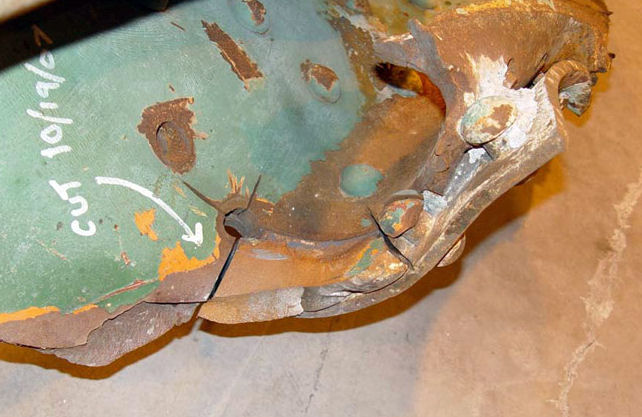
…and the gusset plate whose fracture caused a catastrophic structural failure
About 12 states have cancelled or delayed road and bridge projects because of the continued uncertainty over the trust fund situation.  Â
ARBTA’s Black said: “State and local governments are doing the best they can to address these significant challenges, given limited resources, but without additional investment from all levels of government, our infrastructure spending will be a zero-sum game.” Â
More information on which states are affected and the location of the 250 most heavily travelled structurally deficient bridges are available here.
Comments
Comments are closed.







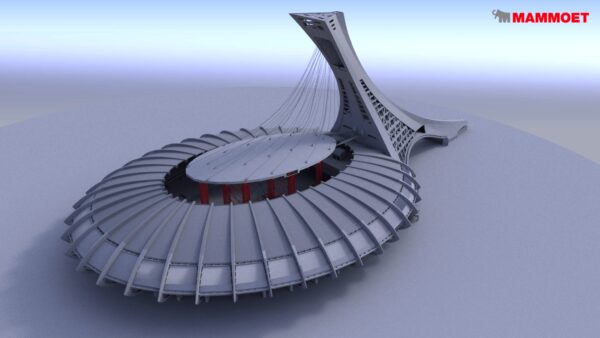

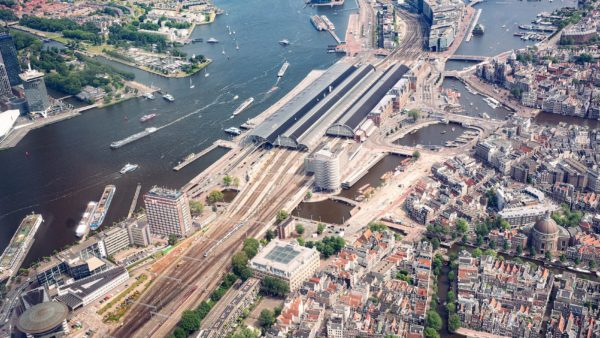
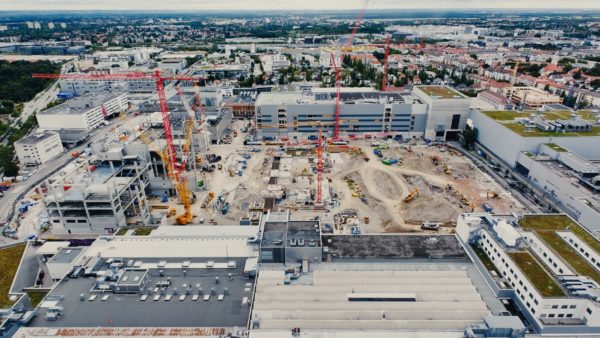
My understanding of the Minneapolis Interstate 35 West is that the gusset plate (s) were identified as being too narrow (it/they should have been approximately twice the thickness) and it wasn’t clear from post collapse investigations how this came about. Also, the bridge was loaded with ongoing construction materials during maintenance work.